Description
David Bowie has close ties to Japan. Not only did he appear in Nagisa Oshima’s “Merry Christmas on the Battlefield”, but he also became familiar with Japanese culture from an early age, and when he came to Japan in 1973, he immediately went to meet Kansai Yamamoto, and was introduced to stage costumes and later impressive productions. We are asking them to design the unusual costumes that remain in the photo. Many of Bowie’s famous photographs, including the cover photo for “Heroes,” were taken by Japanese photographer Masayoshi Sukita. I think Bowie’s delicate artistry resonated with those who valued the taste backed by Japan’s long history. In addition, he has appeared in many Japanese commercials, and his connections with Japan are too numerous to mention. Japan is also home to many of the people Bowie has worked with, some of whom have played pivotal roles in his career. Naturally, there are many performances in Japan. The album Outside, released in 1995, was a turning point for Bowie in every sense of the word. While his previous album “Black Tie White Noise” was a realistic version of himself, singing about himself in a life-sized version, for this album he once again invited Brian Eno as the producer, and created an unrealistic version of the heavy worldview of the late 70’s. The first feature is that it uses the previous method of playing characters, expressing it based on the fiction of . The theme of “Outside” is bizarre incidents, and its terrifying worldview is such that the single “Hearts Filthy Lessons” was used as the theme song for the psychological horror film “Seven”. Although the difficult and gloomy songs were not well-received in terms of sales, Bowie’s true worth is tested in such an experimental style, and it is an important work for Bowie fans who do not want to become stagnant. You could say that. The release of this experimental album was accompanied by a six-month tour across North America and Europe. As this was his first solo tour after Tin Machine disbanded, Bowie’s passion for the tour was sure to be strong. His collaboration with Nine Inch Nails also became a hot topic. During the 1990 Sound and Vision Tour, they said that they would no longer release their past songs, but many songs, including past songs, have been played during rehearsals. Bowie said that by playing old songs with new arrangements and playing them for the first time in a while, new life was breathed into them that fit well with this tour. In any case, the setlist, which mixes the old and the new, is unique among previous tours, and the bold changes in the arrangements can be said to be a feature of this tour. The Outside Tour, which began in September 1995, will end the following year in February 1996. They have performed 68 performances in the past six months. But the tour didn’t end there. Bowie ended his tour in February 1996, but after a few months off, he decided to go on tour again. The tour title was changed to “OUTSIDE SUMMER FESTIVALS TOUR,” and although it was only two months long, they would perform a 27-performance tour, mainly in cities that they did not visit on their previous tour. The opening was the Japanese performance that can be heard in this work. In Japan, there will be a total of 7 performances, including not only Tokyo, Nagoya, but also Hiroshima, Kokura, and Fukuoka. This is the only concert in Asia on this tour. This work includes the Nippon Budokan performance on June 4, 1996, the first day. The Outside Summer Festival Tour, which follows the Outside Tour, started in Japan as mentioned above. Naturally, the setlist incorporates many elements from the new album “Outside”, and is a mix of old and new. There’s no “Space Oddity” here, no “Ziggy Stardust.” There is only a completely new Bowie stage here. The opening song is “The Motel” from the new album, which starts quietly. The idea would be to present the theme of the tour first, rather than suddenly getting excited. The second song is the nostalgic “Look back with anger.” The arrangement is much harder than the original, and the roaring guitar in particular makes it feel like hard rock. This guitar is played by Reeves Gabrels of Tin Machine. Indeed, the reason why Tin Machine’s taste of Tin Machine, which aims to be a keyboard-less rock band with fewer ornate decorations, covers the entire stage is largely due to Reeves-Gabrels’ guitar. The band disappeared due to the drummer’s drug problem, and Tin Machine is generally poorly rated, but the sound that Bowie was aiming for may have changed form and been realized on this tour over time. Perhaps to keep the audience from getting bored, the stage progresses with new songs and old songs alternately layered on top of each other. The fourth song, “Scary Monsters”, has been rearranged to an up-tempo style. The album “Scary Monsters” was originally an album that featured hard guitars, so it can be said that the song selection matches the style of this touring band. What is surprising is that “Baby Universal” is being played. It is surprising that this song, which marks the beginning of Tin Machine’s second album, will be performed at a solo concert. This is nothing but proof that Bowie sees Tin Machine as part of his own project, rather than as part of his dark history. “Aladdin Sane” is played with almost the same arrangement as the original. However, on the other hand, the next song “Andy Warhol” is played with a significantly different arrangement. Since the song was from the early 70’s, they probably felt reluctant to play it as is. The original acoustic song has been transformed into a hard rock song here. You can’t tell what song it is just by listening to the intro, and although Bowie’s singing barely maintains the melody, the guitar is pushed out to the front and the distorted tone creates a chaotic atmosphere. The percussion that finely chops the rhythm is also impressive. The same is true for “The Man Who Sold the World,” which has had quite significant changes in its arrangement. It’s mostly Bowie’s acapella, and that impressive riff appears for the first time in the interlude. “Diamond Dog” also breaks up the atmosphere of the original in a good way, with some drum breaks here and there. The guitar remains silent throughout “Broken Mirror,” making it seem as if he is playing a solo throughout the song. Personally, my favorite song is “Jump They Say.” The song was released as the first single from “Black Tie White Noise” released in 1993, and since there were no tours at the time, this was the first time they performed it on stage. In the middle of the song, the guitar takes a solo in sync with the dissonant piano. The concert concludes with “Heroes,” which is undoubtedly Bowie’s signature song. Here too, the guitar sings freely, as if it were taking over the vocals. If you think about it, Heroes is a strange song.While the same guitar phrase is repeated, the melody is only followed by singing, and the background exists as a completely different thing, yet it blends seamlessly.It is unique. It’s a song. That’s why no matter how you arrange it, you can’t hide the quality of the song, which is why it’s a masterpiece. There are three encore songs. All of the songs are familiar to everyone, but “White Light White Heat” used to be a song that would get people excited on stage, but here Bowie subdued his voice and sang it plainly, deliberately without any ups and downs. are. And the last two songs are amazing. It is no exaggeration to say that this concert is all about these two encore songs. The first is “Daydream of the Moon World.” Although the arrangement is almost the same as the original, the impression is quite different, probably because the guitar emits a very hard tone. It doesn’t have the cosmic sound of the original, just a hard chaotic world. A break is created before the interlude, and a sustained guitar solo with minimal fingering further emphasizes the chaotic atmosphere. Nothing can replace this intense atmosphere. They chose this song for the encore because they were confident that the song’s structure, which places emphasis on the second half, would become even more profound if performed by this band. And that belief has been realized wonderfully. And the last part of the concert is the most moving “All the Young Bastards.” That gorgeous guitar phrase spread throughout the Budokan, and the audience welcomed the end of the long concert with a bang. It’s hard to tell from the sound alone, but the lights of the Budokan were brightly illuminating the audience seats, and you could probably see happy faces everywhere. As the song gradually builds up to the swaying melody, Bowie falls into the illusion of returning to the olden days. It’s too late now, but the songs are amazing. Bowie’s unique voice harmonizes with this heartrending melody, and listening to it fills my heart. It makes me cry. Up until now, they have been pushing hard from beginning to end throughout the concert, but here it is as if they are finally taking a breather, and this “All Young Bastards” makes me feel like everything has been saved. This is probably one of the best endings to a concert. What I felt most of all when listening to this Budokan performance was the strength of the band. The stage, which has been trimmed down to a minimum level of organization, yet creates a dense space, is truly a masterpiece. The melody is purposefully smooth and the rhythm section is prominently featured. You can tell just by listening to the buzzing bass from the beginning that this is the intention. Furthermore, the guitar plays freely on top of that. Sometimes it’s distorted, sometimes it’s close to a real sound, giving the impression of hard rock or heavy metal. In the 1980s, Bowie relied excessively on synths to create sounds, perhaps due to the times, but since the 1990s, he has become more oriented towards simple musicality. And it can be said that the Tin Machine project was an attempt to embody this. Tin Machine was not a commercial success, and musically it seems to have ended with indigestion. I guess you could say that they got their revenge on this tour. A mix of old and new songs, old songs are reborn with new arrangements, and presented to the audience in real time. This is a wonderful stage that is truly Bowie, where the musical form that Bowie was looking for in the era of 1996 has come to fruition. A complete recording of the Budokan performance on June 4, 1996, the first day of the tour, in high quality first appearance sound source. BUDOKAN HALL TOKYO, JAPAN JUNE 4, 1996 DISC ONE 01. The Motel 02. Look Back In anger 03. The Hearts Filthy Lesson 04. Scary Monsters 05. I Have Not Been To Oxford Town 06. Baby Universal 07. Outside 08. Aladdin Sane 09. Andy Warhol 10. Voyeur of Utter Destruction 11. The Man Who Sold the World 12. A Small Plot Of Land 13. Strangers When We Meet DISC TWO 01. Diamond Dogs 02. Hallo Spaceboy 03. Breaking Glass 04. We Prick You 05. Jump They Say 06. Lust For Life 07. Teenage Wildlife 08. Under Pressure 09. Heroes 10. White Light White Heat 11. Moonage Daydream 12. All The Young Dudes
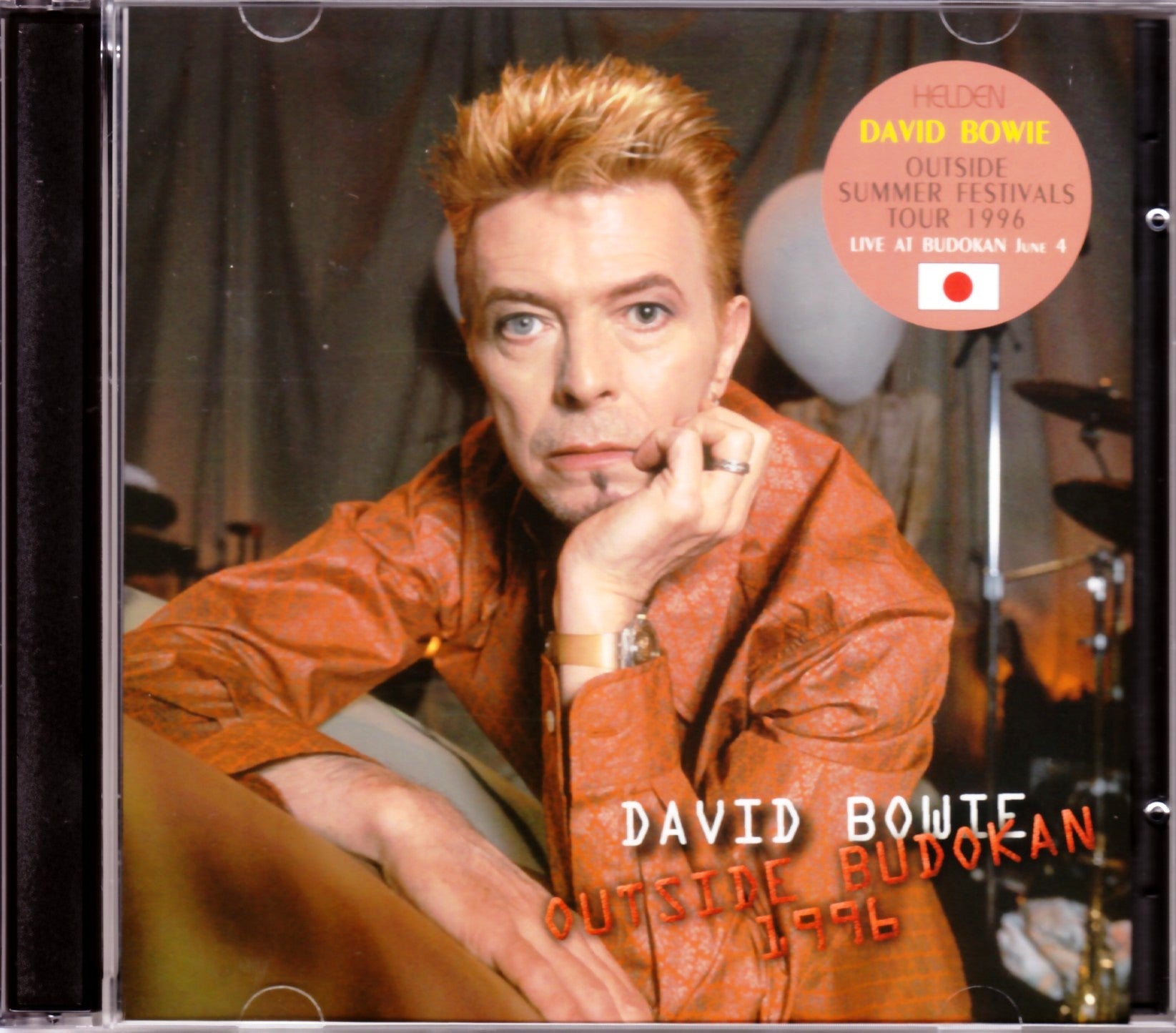
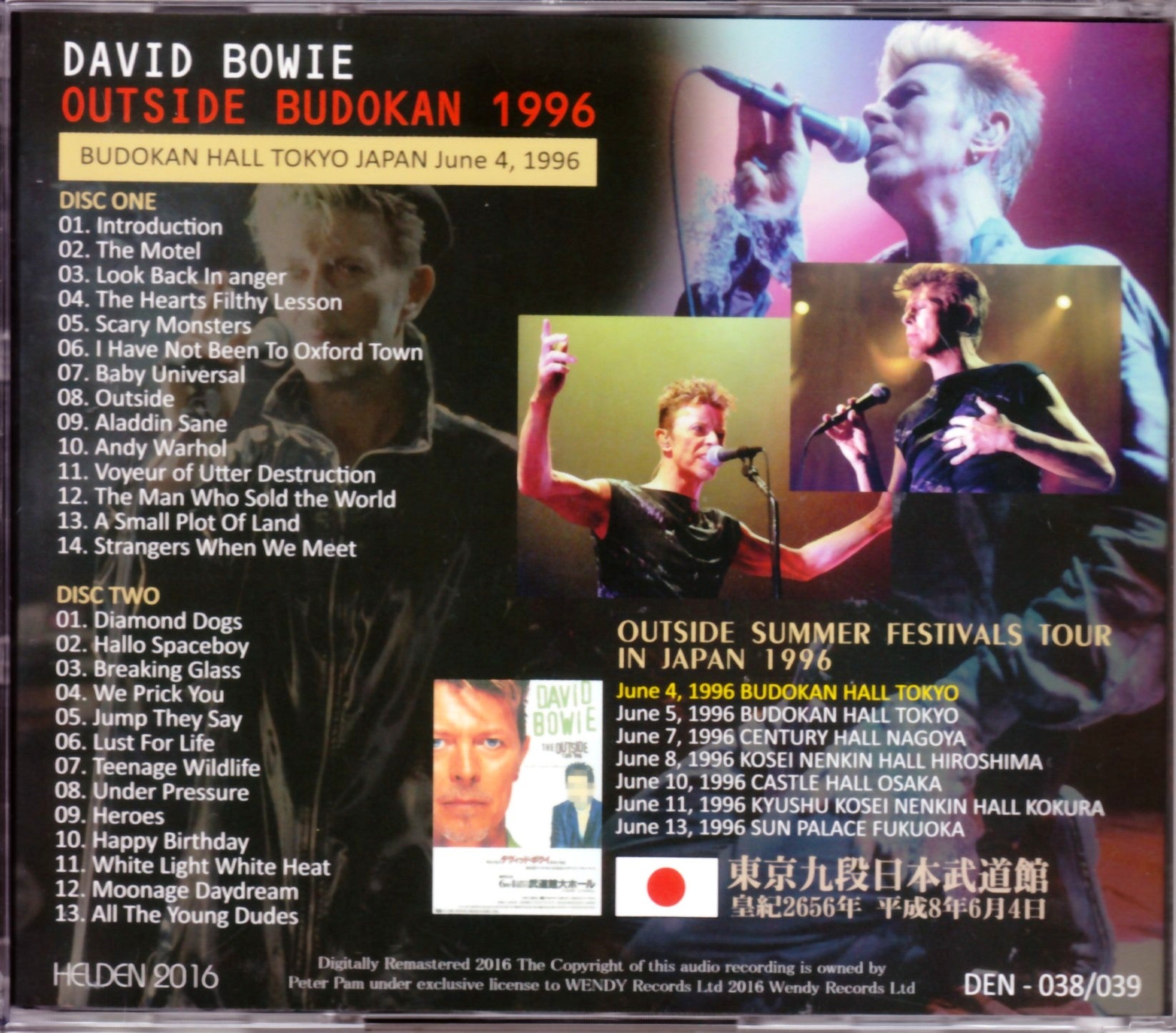

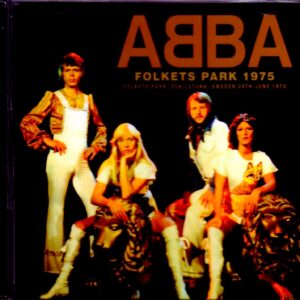
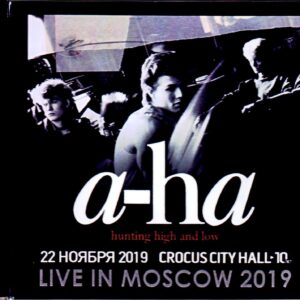
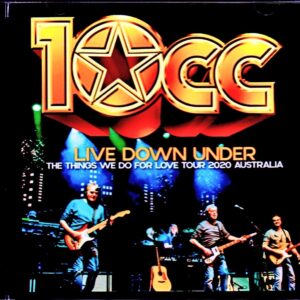

Reviews
There are no reviews yet.